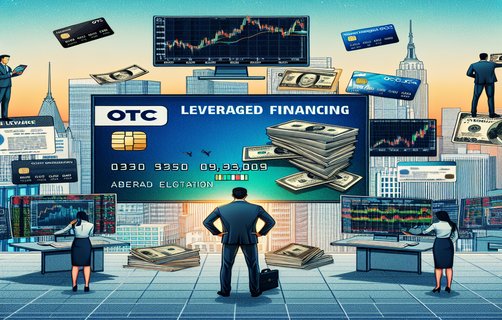
Risky Business: A Journey Into the Uncharted Territory of Risk and Reward
Ever wondered what happens when a mastermind of crime meets a statistician with a penchant for high-stakes cash? Picture a dazzling narrative where the smoke of illicit endeavors mingles with the precise calculations of expected value. Our tale begins on a breezy evening in a nearly forgotten back alley, where a quirky character—let's call him The Professor—decides to blend a bit of outlaw daring with the cool calculus of risk management.
Crime and Calculations: A Comical Collision of Worlds
In a narrative that might remind one of a Robin Hood-meets-Mathematician fable, The Professor muses, "If crime is the art of risk, then expected value is its most steadfast partner." Balancing the thrill of criminal pursuits against the mathematical imperative of limiting losses, he embarks on a series of high-stakes gambles. Recent research by the Journal of Gambling Studies (2020) highlights how stable variance play can avoid catastrophic outcomes even in the murky realms of underground cash exchanges.

The Art of Minimizing Losses in a Madcap High Cash World
Our story takes a peculiar turn when The Professor introduces a twist: imagine applying rigorous limit losses strategies to every heist, ensuring that even a miscalculated crime doesn’t lead to complete financial ruin. With humor and a pinch of irony, the narrative explores how criminal masterminds might secretly adhere to stability principles reminiscent of modern financial risk management frameworks (Harvard Business Review, 2021). The interplay of colorful anecdotes and scholarly insights ensures that while the stakes are astronomically high, the variance remains delightfully stable. And yes, with every twist and laugh, our protagonist emphasizes that in a game of chance, minimizing losses is as imperative as maximizing the thrill.
Interactive Questions:
1. Have you ever taken a calculated risk in your own life?
2. What’s your favorite method to balance risk and reward?
3. Do you believe that even criminals follow principles of risk management?
4. How would you apply these strategies in everyday decisions?
FAQ
What is expected value in risk management?
It represents a statistical measure used to evaluate the average outcome of a risk-based decision, balancing potential gains and losses.
How can limit losses be applied in high-stakes scenarios?

By setting predetermined thresholds, one ensures that even in adverse events, the losses remain within acceptable limits.
Are these risk management principles applicable beyond finance and crime?
Absolutely. They can be extended to everyday decision-making, ensuring that risks are measured and rewards optimized.


Comments
AliceWonder
This article brilliantly melds humor with hard-hitting analytics. Loved the creative spin on risk!
龙行天下
不错的文章!用幽默的方式讲述风险管理的故事,既有趣又引人深思。
RiskyRandy
Who knew crime and expected value could be so entertaining? The narrative kept me engaged from start to finish.